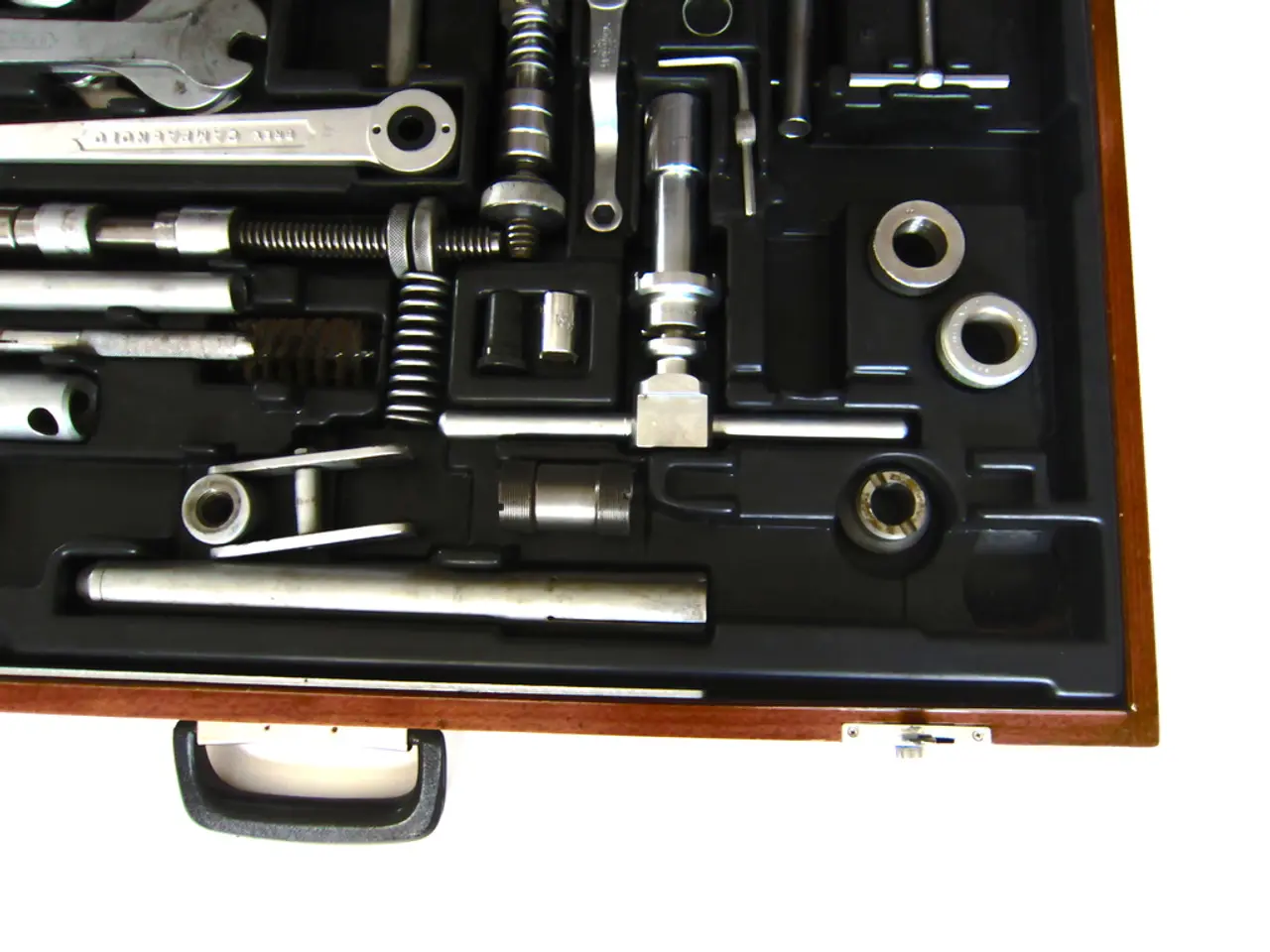Harnessing the Full Capabilities of Computer-Aided Design (CAD) in Design and Engineering Fields
In the fast-paced world of manufacturing, balancing speed with quality is a critical challenge for design engineers. To address this issue, a multifaceted approach focused on automation, reducing bureaucracy, enhancing collaboration, and leveraging digital tools like CAD, PDM, and PLM is essential.
1. **Automation**: By automating repetitive and time-consuming tasks such as design validation, data alignment, and quality control using AI-enabled systems, engineers can focus on more complex tasks. AI integrated within PLM can automatically detect anomalies and inconsistencies in engineering data, allowing faster resolution without human delays. Digital simulations and digital twins can also be employed early in the design process to identify manufacturability issues before physical prototyping, accelerating iterations and reducing errors.
2. **Reducing Bureaucracy**: Simplifying approval and data flow processes is crucial. AI-driven data governance and quality control can automate anomaly detection and issue triage, minimizing manual oversight bottlenecks. Standardizing materials and components, such as selecting common grades of aluminum, steel, and standard fasteners, can avoid procurement delays and reduce the need for custom tooling or certifications that add lead time.
3. **Enhancing Collaboration**: Integrating manufacturing expertise into the design phase early helps align creative vision with production realities, thereby avoiding costly redesigns and delays. Open communication channels enabled by centralized digital platforms (PLM, PDM) facilitate the sharing of up-to-date design, process, and quality data seamlessly across teams.
4. **Successful Implementation of Digital Tools (CAD, PDM, PLM)**: Using CAD systems to streamline design by adhering to design guidelines that prioritize manufacturability and simplicity is vital. Implementing PDM and PLM platforms to manage product data effectively ensures quality and consistency throughout the lifecycle. Leveraging AI-enhanced PLM can help maintain data quality through automated rule-based validation and live monitoring of engineering data. Embedding regulatory and quality requirements into digital workflows early on enables smoother compliance and inspection processes, which reduces downstream errors and speeds up time-to-market.
In summary, adopting this combined approach leads to optimized manufacturing lead times without sacrificing product quality, making digital transformation a core enabler rather than an afterthought in manufacturing design. By focusing on automation, reducing bureaucracy, enhancing collaboration, and leveraging digital tools like CAD, PDM, and PLM, manufacturers can achieve a balance between speed and quality, ultimately leading to improved product quality and increased efficiency.
[1] Source [2] Source [3] Source
- Technology: By harnessing the power of AI-enabled CAD systems and PLM platforms, engineers can not only streamline their design workflows but also enhance quality control processes by automatically detecting anomalies and inconsistencies, thereby saving time and reducing human errors.
- Business: Implementing a informed decision-making strategy that centers on automation, reducing bureaucracy, enhancing collaboration, and strategic technology adoption (such as CAD, PDM, and PLM) can lead to increased productivity, streamlined manufacturing processes, and reduced costs in the business operations.




